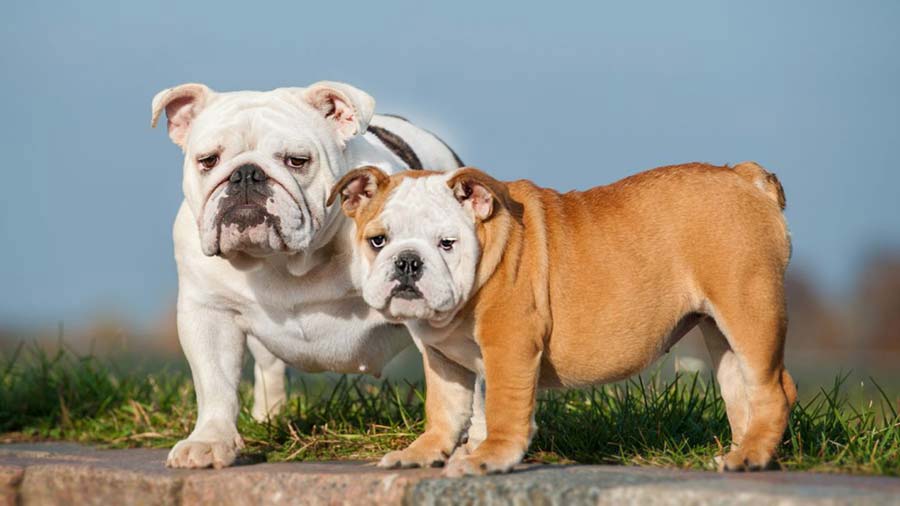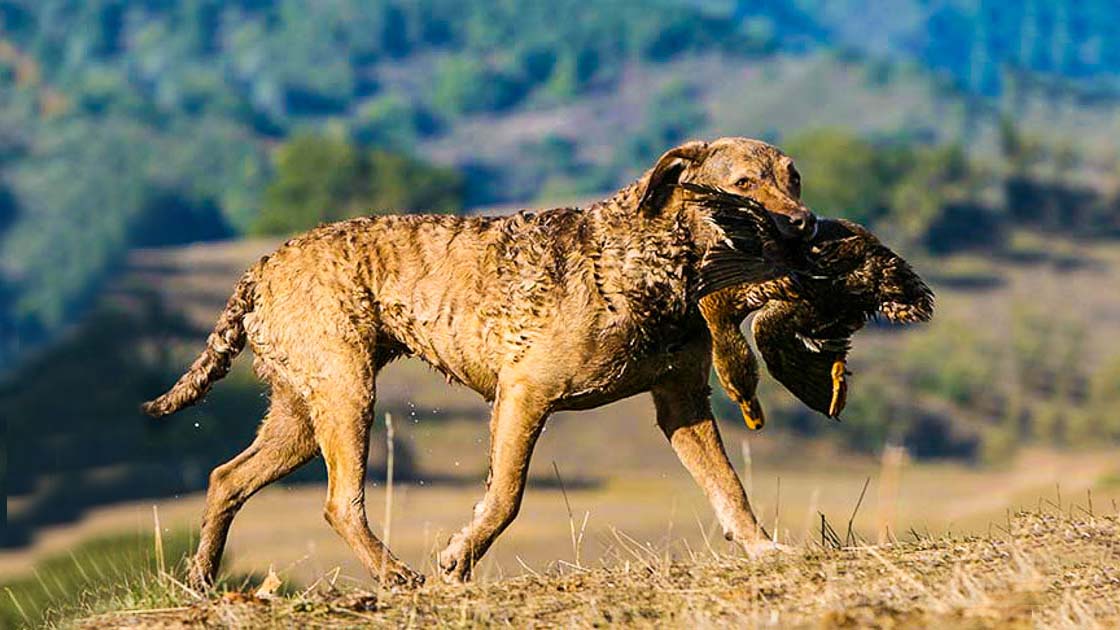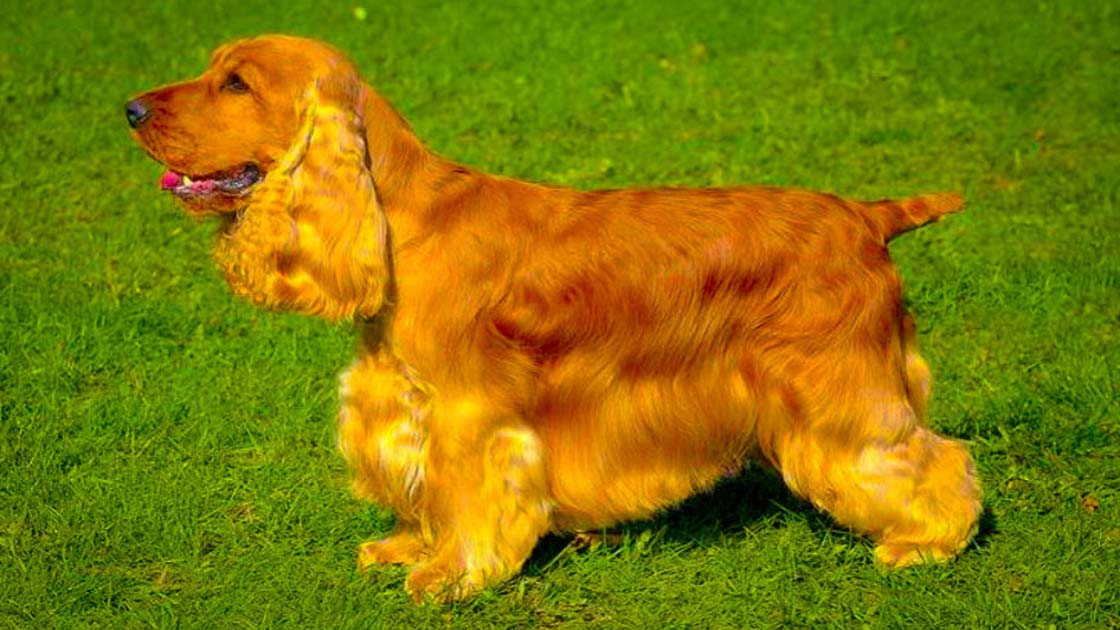English Bulldog
Origin: United Kingdom
Popularity Rank: 5 Since 2020
Life Span: 8 to 10 years
Color: The main colors of English Bulldog is white, red, and fawn.
Size: Medium in size
Height: The English Bulldog height is 12-16 inches (31-40 cm)
Pricing: Price ranges are from $2000 to $4000 USD.
Breed Group: The English bulldog dog belongs to the non-sporting group.
Weight: The average weight of males is 50 pounds, whereas, females’ weight is 40 pounds.
English Bulldog Introduction
English bulldog is also called the bulldog and the origin is closely associated with mastiff-type dogs and is believed to be derived from mastiff dogs. The United Kingdom developed the bulldog, with bull baiting utilizing it as one of the smallest varieties. Bear combat employs a larger variety. The intriguing origins of the English Bulldog can be traced back to 13th-century England. Bulldogs, originally trained for the harsh sport of “bull-baiting,” showed incredible bravery and strength. They could stand up to bulls because of their strong constitution and perseverance. The breed, however, suffered when bull-baiting was outlawed in 1835. According to Jesse, the term “bulldog” was first used in a letter from Prestwich Eaton of St. Sebastian to George Willingham in London in 1631 or 1632. It is also well-liked among British bulldogs.
Further, enormous variety is employed in bear combat. According to Jesse, the term “bulldog” was first used in a letter from Prestwich Eaton of St. Sebastian to George Willingham in London in 1631 or 1632. Bulldogs were given their name because they participated in the bull-baiting sport. Before the 13th century, they appear to have roots in the British Isles. In 1209, another dog pursued a butcher’s dog through Stamford, England, marking the first mention of sports in the area. The scene amused the earl of the town, leading to the decision to make bull baiting an official sport in the region.
Additionally, the American Kennel Club recognized the breed by 1886 on both sides of the Atlantic Ocean. Blood sports were eventually outlawed in England in 1835, and the activity was then underground. The early 19th century Bulldogs gradually replaced the faster, more energetic dog needed for this sport. These coveted combatants were created through gamblers’ crossbreeding of Bulldogs and various terriers.
English Bulldog Qualities
The English Bulldogs are big and strong dogs with distinctively pushed-in noses and wrinkled faces. The disposition of a bulldog is exceptionally aggressive, brave, friendly, loving, societal, and good-looking. Bulldogs are a frown, temper, and obstinate dog breed. It exhibits characteristics of being a kind and obedient creature, showing kindness to children, displaying bravery, and possessing excellent guarding skills. This breed can be obstinate and bull-headed. They do not easily give up. The Bulldog is primarily a people’s dog. Moreover, Bulldogs require minimal exercise. They thrive in temperate climates. In warmer conditions, they frequently overheat and sometimes have respiratory problems. These dogs are easily chilled in cold weather. They can snore and wheeze loudly when they breathe.
In addition, During the reign of King John, people historically developed English Bulldogs specifically for bull baiting. Bull baiting involved a restrained bull engaging a group of dogs in front of onlookers. The Bulldogs used their powerful jaws, courageous nature, and near painlessness. It is also well-liked among British bulldogs.
Types of English Bulldog: Brindle English bulldog, olde English bulldog, blue English bulldog, and miniature English bulldog.
English Bulldog Body
These dogs have robust limbs, a low-slung bodies, and a large, short-faced head. The Bulldog has heavily wrinkled face and head with massive craniums. Its cheeks are rounded and extend to the eyes, while its forehead remains flat. The frontal bones’ temples are wide, square, and tall. Their face is relatively short, broad, tilted upward, and deep from the corner of the eye, and their eyes are pretty spherical.
In addition, they have oversized, broad pendants and quite deep chops. Their ears are high on the skull. In a nutshell, Bulldogs have huge, broad, square, and undershot jaws, and their canine teeth, or tusks, are comprehensive, and the teeth are big and robust. Short, very thick, deep, and robust describe their neck. In brief, bulldogs have vast, deep, and full chests. Lastly, these dogs’ tails are short and squat; some dogs have screwed tails. The English Bulldog is a powerful, large dog. Their wrinkly face and indented nose distinguish them. Along with a crab-like waddle and a straight or twisted tail hung low and short, they also feature a colossal head, high-set ears, a short, broad nose, and deep-set eyes.
Coat
These dogs have a straight, short, flat, close, smooth, and shiny coat. This dog breed lacks feathers, curls, or fringe. Straight, smooth, and glossy describe the short, flat coat. Red brindle and other hues of pure white, pure red, fawn, fallow, piebald, pale yellow, washed-out red, or white are only a few examples of coat colors. These colors can also be combined.
English Bulldog Health Issues
The following conditions have a brachycephalic shape: cherry eye, entropion, and sicca keratoconjunctivitis; patellar luxation; ventricular septal disease; and internalized tail issues are common in bulldogs. Vulnerable to respiratory issues; some also have tiny windpipes. Mast cell cancer. They are prone to flatulence, especially when fed food other than their dog food. Skin infections and hip and knee issues are all possible risks. Caesarian sections are frequently used to birth puppies. Due to their tiny skulls and flat faces, bulldogs may experience brachycephalic airway syndrome, which can cause breathing problems. The symptoms of this disorder, which can cause snoring, snorting, and breathing difficulties, particularly during activity or in hot weather, include narrower nostrils, an extended soft palate, and a narrow trachea.
Skin infections: English Bulldogs are more susceptible to bacterial or fungal skin diseases because of their creases and wrinkles. Routine cleansing and dry maintenance of the skin creases can avoid these infections. Bulldogs are prone to eye and ear problems, requiring special attention. Regularly clean their ears, and look for any indications of inflammation, redness, or odor.
Treatment
These dogs require a balanced diet, regular Veterinary Check-ups, Exercise and Weight Management, and Vaccinations and Parasite Control. Bulldogs have cute creases and wrinkles but can also be prone to skin irritations or infections. Maintaining clean, dry skin and wrinkles can help to avoid moisture buildup, which can cause problems. Apply a damp towel to wipe away any creases gently; if required, apply a cleanser that the vet has advised. English Bulldogs are prone to dental issues, including tooth decay and gum disease. To encourage dental health, regularly wash their teeth with toothpaste made for dogs and provide them with the proper chew toys.
For More Details Contact Us [icon name=”square-phone” prefix=”fas”]







